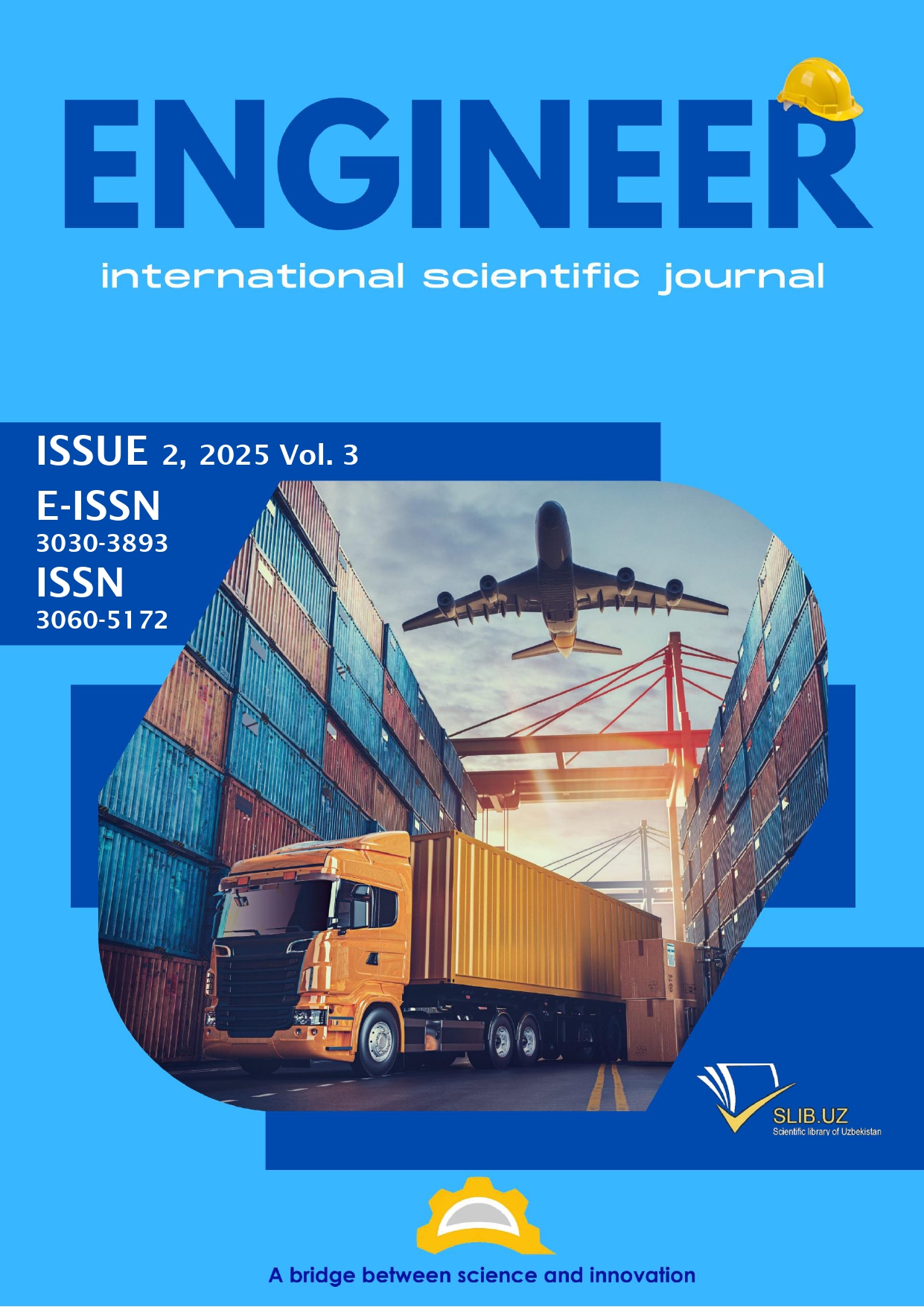Theoretical approaches to cutting force determination: a review
Аннотация
This article provides a comprehensive review of the main theoretical approaches to determining cutting forces that have been proposed in various scientific studies. Each method is analyzed in terms of its fundamental principles, advantages, limitations, and suitability for application in industrial machining processes. Particular attention is given to the comparison between theoretical calculations and experimental results, which allows for an objective evaluation of the accuracy and reliability of the reviewed models. The paper discusses both classical theories, such as those developed by Merchant and Zorev, and more advanced concepts proposed by researchers like Klocke, Davim, and Astakhov, including energy-based and wave-dependent models. By exploring a wide range of equations and analytical methods, the article highlights how cutting force is influenced by factors such as material properties, cutting speed, depth of cut, and tool geometry. The findings of this review contribute to a better understanding of cutting mechanisms and can be effectively used to improve the prediction of cutting forces, optimize machining parameters, reduce tool wear, and enhance the quality of machined components.
Литература
[2] Vinogradov D.V., Dreval' A.Ye., Vasil'yev S.G. Kompleks otsenok dolgovechnosti materialov i sily rezaniya pri tochenii. Inzhenernyy vestnik, 2014, № 9. URL: http://engbul.bmstu.ru/doc/727928.html
[3] Merchant M.E. Mechanics of the metal cutting process. I. Orthogonal cutting and a type 2 chip. Jour. Appl. Phys., 1945, vol. 16, no. 2, pp. 267–275.
[4] Merchant M.E. Basic mechanics of metal cutting process. J. Appl. Mech., 1944, vol. 66, pp. 168–175.
[5] Zorev N.N. Voprosy mekhaniki protsessa rezaniya metallov. M., Mashgiz, 1956.
[6] Zorev N.N. Raschet proyektsiy sily rezaniya. M., Mashgiz, 1958.
[7] Klocke F. Manufacturing processes 1. Cutting, 2011.
[8] Klocke F. Manufacturing processes 2. Grinding, 2009.
[9] Klocke F. Modeling and planning of manufacturing processes. Springer, 2007.
[10] Davim J.P. Modern manufacturing engineering. Springer, 2015.
[11] Davim J.P. Machining. Fundamentals and recent advances. Springer, 2008.
[12] Astakhov V.P. Tribology of cutting tools. Elsevier Science, 2013.
[13] Astakhov V.P. Geometry of single-point turning tools and drills: fundamentals and practical applications. Springer, 2010.
[14] Krivoukhov V.A., Chubarov A.D. Obrabotka rezaniye.





